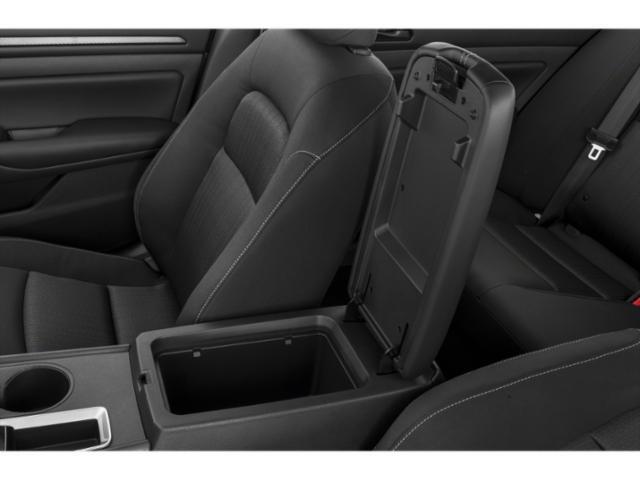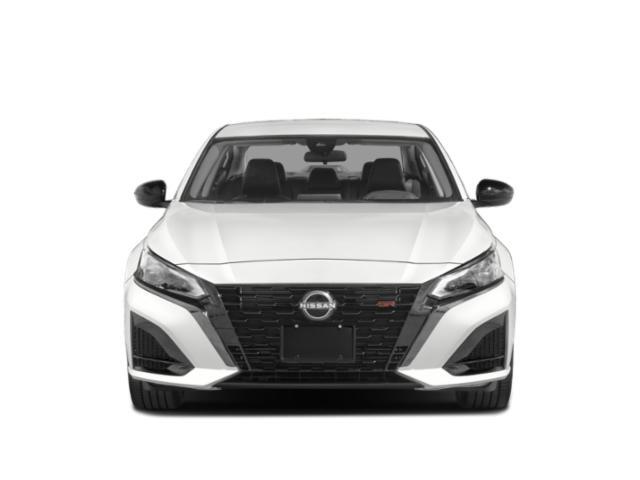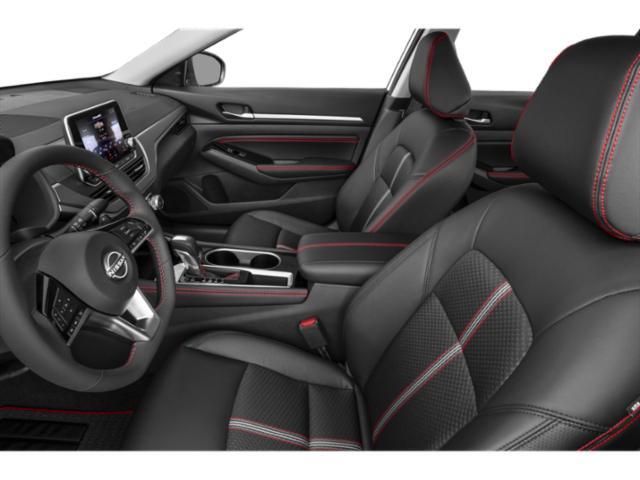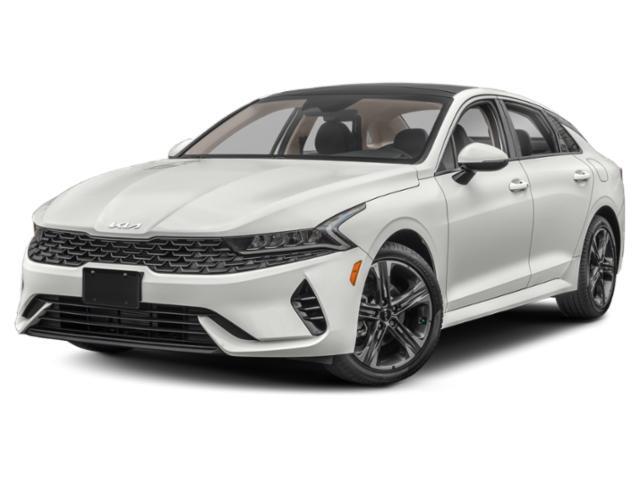
2023 Nissan Altima


Key Specifications for 2023 Nissan Altima






Buyer’s Guide
History/Overview
Introduced in the 1990s to fill the gap between the compact Sentra and upscale Maxima sedans, the Altima has become a fixture in the mid-size sedan segment thanks to its high-value pricing.
What’s New/Key Changes From Last Year
For 2023, the sixth-generation Altima gets its first makeover since being introduced as a 2019 model. Among the changes are a new grille and new or revised standard features in certain trims.
Available Trims
Nissan offers the Altima in S, SR, SR Premium, and Platinum grades. All are powered by a 2.5L four-cylinder engine with a continuously variable transmission and all-wheel drive.
Standard Features
S trim comes with auto on/off headlights, 16-inch steel wheels, LED headlights, an 8.0-inch touchscreen, heated front seats with driver’s power adjustments, and a six-speaker stereo. Also included is forward collision mitigation, blind spot monitoring, rear cross-traffic alert with automatic braking, automatic high beams, rear parking sensors, and a driver alertness system.
SR adds the ProPilot highway driving assist system, intelligent lane intervention, 19-inch alloy wheels, a sunroof, dark chrome exterior trim, dual-zone A/C, wireless phone charging, and a heated steering wheel.
New to SR Premium is a 12.3-inch touchscreen. Carried over from last year are traffic sign recognition, a power passenger seat, leather upholstery, an auto-dimming mirror, and navigation.
Finally, Platinum trim brings surround-view cameras and chrome trim.
Fuel Economy
Nissan’s fuel consumption estimates for the Altima are 9.1/6.5 L/100 km (city/highway) for the base model, and 9.3/6.7 L/100 km for SR and Platinum grades.
Competition
With its standard AWD, the Altima’s most direct competitors are the similarly engineered Kia K5 and Subaru Legacy, but it also lines up well against the Toyota Camry and its optional AWD. If AWD isn’t essential, check out the Honda Accord, Chevrolet Malibu, and Hyundai Sonata.
Review & Compare:
Photos




















































AutoTrader Review


This vehicle has not yet been reviewed

















